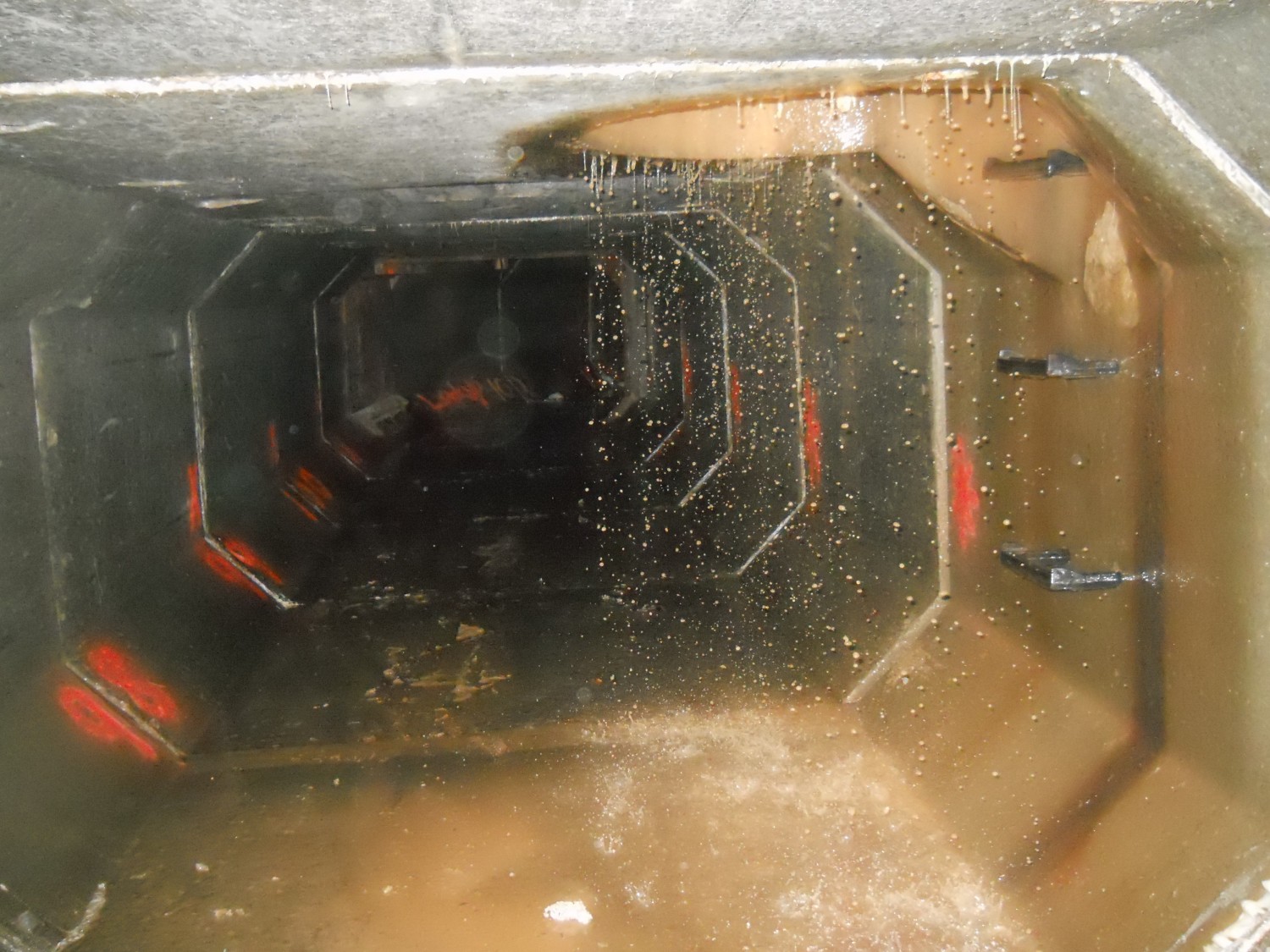Leaks in damaged or degraded manholes send millions of gallons of extra water to treatment facilities already at or above their operating limits.
The results are additional burden on treatment facilities, continued decline in the condition of damaged manholes, and increased system maintenance and operating costs that are passed down to individual ratepayers.
In an era of conflict between the obvious need to invest in infrastructure and the hard-to-swallow costs to do so, wastewater treatment stakeholders need to understand how manhole leaks form and why it is essential to stop them for good.
How leaks form
“Crumbling infrastructure” always gets the lion’s share of the blame, at least in the U.S. And while it is one of the conditions that leads to manhole leaks, it is far from the only one. The most common causes are summarized below.
Crumbling infrastructure: Most leaky manholes are constructed of bricks and mortar dating to the middle of the last century, and sometimes earlier. The problem is the age of the materials, not the materials themselves. As these assets weaken decade after decade, they are less resistant to the forces exerted on them by the normal motion of groundwater.
Population growth: Though communities experiencing strong population growth do a decent job planning for future wastewater treatment needs, the growth is too fast and they cannot keep up. Too much new infrastructure can feed too much new wastewater into an older system, causing its older components to break down. Community leaders have the hard job of trying to reap the rewards of growth without swamping the public works department.
Population decline: Conversely, manhole leaks are common in neighborhoods or throughout communities experiencing decline. It’s less to do with operating conditions and more to do with money. As ratepayers leave, municipalities are saddled with caring for infrastructure they can no longer afford to maintain. More leaks spring when there’s less money available to marshal the resources to stop them.
Poor installation: Unfortunately, human error during asset installation of manhole subcomponents can lead to costly leaks. Lately, the root cause of these errors is overwork due to understaffing in the face of project deadlines that cannot be extended.
Intense drought/rainfall cycles: Climate change is responsible for periods of prolonged drought followed by brief but intense rainfall events, creating the conditions for manhole leaks to form. For example, storms that lead to higher inflow than a system is rated to receive occur more frequently, straining assets to the point of failure. And because the droughts that sometimes precede these events last longer, the dry ground is less able to effectively absorb rainfall or runoff, and more of it enters sewers.

The cost of a leak
At first glance, one might wonder if attaching a dollar sign to manhole leaks is even possible.
According to David Dingler, a technical subject matter expert for Prime Resins, a division of Carboline, it is. Here’s how the math works out:
Suppose a manhole leak sends five gallons of water per minute into a sanitary sewer line. The average cost to treat the water pouring in from just that one leak is $3.50 per 1,000 gallons (3,785 liters).
Five gallons per minute is 2.6 million gallons per year for that manhole, equaling an annual treatment cost of $9,100 for just that one leak.
Suppose this is in a small town. A small town’s sewer system might consist of 600 manholes. And suppose 10% of them, or 60 manholes, leak. That’s a whopping 156 million gallons of water that that small town spends $546,000 per year to treat.
Injectable grouts for faster leak sealing
Part of why manhole leaks can be such a headache is because they have always been difficult to seal.
But advances in urethane resin technology and innovations in application equipment are changing things. Now, in a matter of a few hours, a team can deploy to the site of a leak, prepare their work area, and inject a quick-curing grout that stops manhole leaks and, when necessary, stabilizes adjacent soil.
Ease and speed of application leads to reduced labor hours, reduced material and equipment costs, and an overall lower-profile project that is far less disruptive to anyone adjacent to it.
We doubt your utility will write you a check for your cut of those $546,000 saved by plugging leaks. But that isn’t pocket change, and making it available for some better purpose will benefit all whom a wastewater treatment system serves.
Want more leak sealing information?
David Dingler spoke more about the impacts of inflow and infiltration to sewer systems on The Red Bucket podcast. Hear the episode here.
In the episode, David and Prime Resins Vice President Jeremy Sukola also discussed the financial and project management advantages of turning to a single source for leak sealing, repair and resurfacing, and coating and lining materials.

